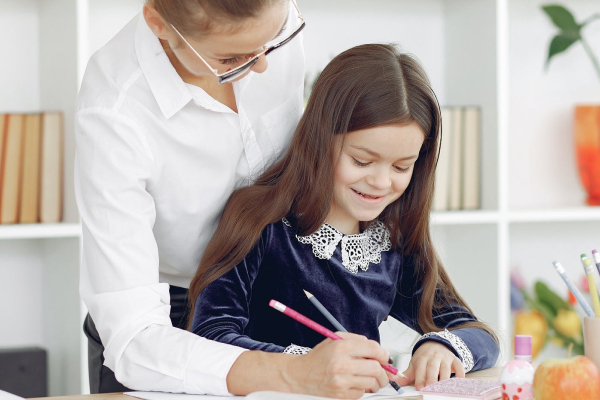
Bringing Out the Best in Special Needs Students
Wow! It’s December already and Christmas is a blip away. Are you excited about Christmas or winter or snow? We most definitely are!
With our spirits heightened and our sense of wonder strong, in this blog post, we’d like to talk about ways to bring the best out of special education kids. Keep scrolling for some great pointers for how to help special needs students thrive and become the best versions of themselves.
Discover Their Strengths
Parents and teachers need to work together to identify every special needs student’s natural strengths and talents. It’s also important to involve the kids in this process and ask them what they’re interested in and what they feel like they’re good at. Once you’ve discovered where the child excels at, design strength-based learning strategies that utilize those abilities. For instance, if a student is great at drawing, let him/her illustrate the vocabulary words instead of spelling them out. This can make all the difference in students’ attitudes about learning and their overall performance at school. If you need a bit of help identifying strengths in students, feel free to use this checklist.
Types of Strengths in Special Needs Kids
Positive Role Models
Offering real life role models for special needs students can help them truly shine and desire more for themselves because they see the success of someone who is just like them. Some examples of such individuals include:
● Nobel Prize winning geneticist Carol Greider (learning disabilities).
● Film director Steven Spielberg (ADHD).
● Animal scientist Temple Grandin (autistic spectrum disorder).
● Tesla and SpaceX founder Elon Musk (Asperger Syndrome).
● Business magnate and founder of the Virgin Group Richard Branson (dyslexia).
There are plenty more success stories from people who are not necessarily famous but who have done remarkably well in overcoming challenges and barriers of various disabilities.
Provide Regular Progress Reports
A lot of special education children respond best to targeted feedback. Discussing with a student where specific improvements can be made is much more effective than a generic “good job class!” statement at the end of a project.
Frequent check-ins with students and their parents help establish more of a personal connection and keep everyone on the same page about the students’ learning progress. This is when Datability comes in handy: it helps parents and educators monitor student’s IEP progress from one centralized cloud platform and generate personalized student assessments. To find out more about Datability and how it can help create regular IEP progress reports, check out our Tutorials.
Keep an Open Mind
Keep an open attitude toward trying new technologies and new methods of teaching and interacting with special education children. Technology, science, and society advance each day so why not utilize that to its full potential?
Here at Datability, we live and breathe our mission of helping special education students succeed by constantly enhancing our platform and staying open to your feedback. So don’t hesitate to reach out if you have any comments or ideas about how we can improve it further!